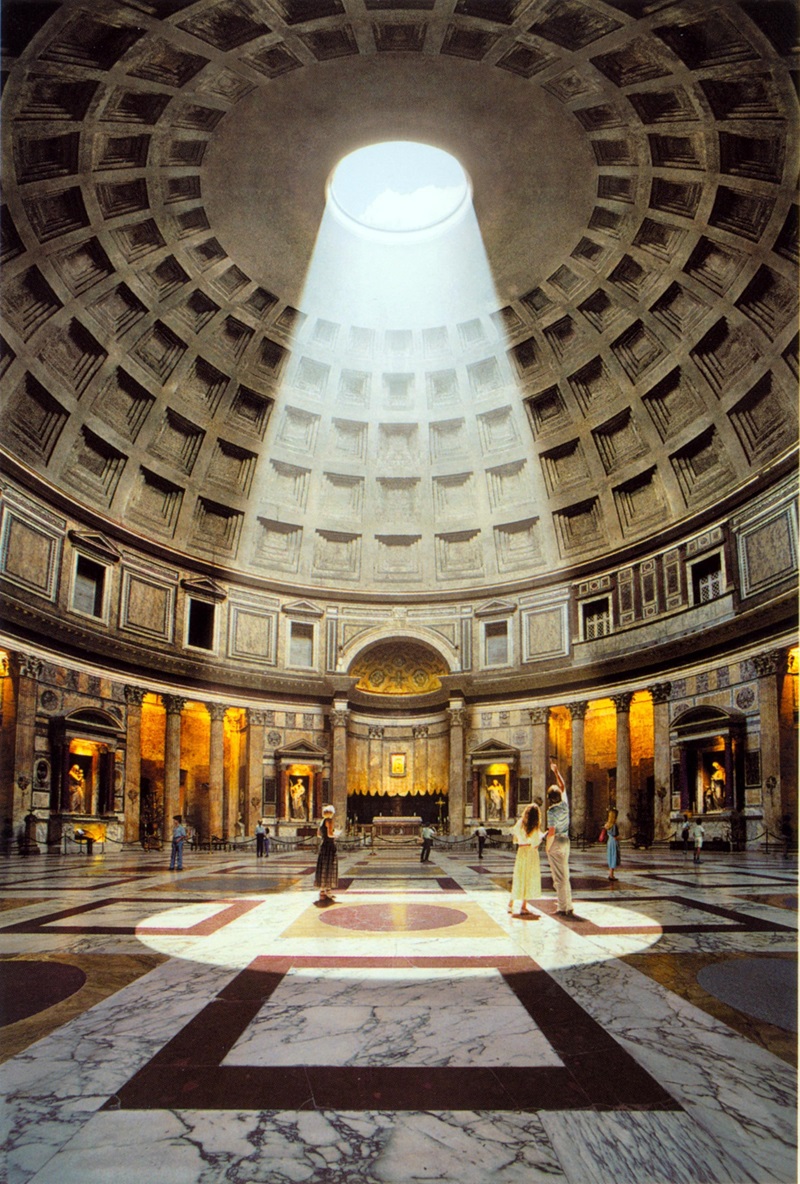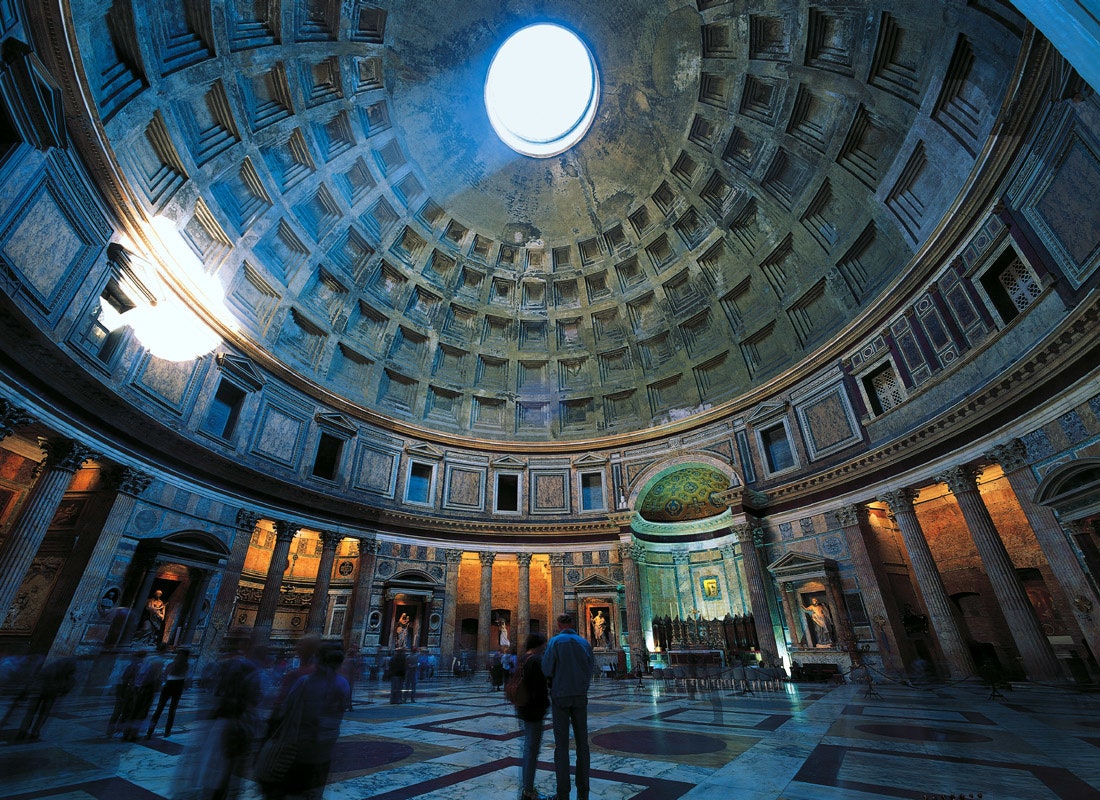The Pantheon in Rome, a masterpiece of ancient architecture, has stood for nearly 2,000 years. Its massive dome, with a 30-foot hole known as the oculus, is the only source of natural light for the structure. This intriguing feature has led historians and archaeologists to speculate about its purpose. Recent research suggests that the Pantheon may have functioned as a colossal sundial, designed to illuminate the emperor during significant occasions.
The Pantheon’s Mysterious Oculus

The oculus is a captivating element of the Pantheon’s design, allowing sunlight to pour into the building. However, it also lets in rain, which drains through small holes in the floor. Experts have discovered that the oculus permits a single beam of sunlight to illuminate the interior at specific times: the March and September equinoxes and April 21, the traditional date of Rome’s founding. This alignment would have bathed the emperor in sunlight as he entered the Pantheon on these important dates.
The Sun’s Role in Ancient Rome

Professor Giulio Magli of the Polytechnic of Milan has shed light on the significance of the sun in Roman architecture. He explains that the Pantheon’s design is deeply connected to the solar cycle, reinforcing the emperor’s divine status. “The role of the Pantheon is poorly understood and its function remains uncertain, although we believe the sun has a significant role in the building,” says Magli. By studying other Roman monuments, such as Emperor Nero’s Golden Palace, which also features a domed roof, Magli and his team concluded that the sun was a crucial element in ancient Roman architecture.
The Solar Cycle and Imperial Power

The Pantheon’s alignment with the solar cycle was likely intended to symbolize the connection between the sun and the emperor’s power. During the darker winter months, the sunlight only reaches the vaulted dome. However, at noon on the equinoxes, the beam of light reaches the floor, and on April 21, it fully illuminates the entrance. This dramatic effect would elevate the emperor’s status, associating him with the divine power of the sun.
Construction and Legacy of the Pantheon

Construction of the Pantheon began in 27 BC under Agrippa, whose name is still inscribed above the entrance. However, it was completed in AD 128 by Emperor Hadrian. The term “Pantheon” means “to every god,” reflecting its original purpose as a temple to all Roman deities. Over its 2,000-year history, the Pantheon has also served as a Roman Catholic church, and it continues to host services today.
The Pantheon is not only a marvel of ancient engineering but also a resting place for Italy’s last two kings, Vittorio Emanuele II and Umberto I. Volunteers maintain a vigil over these royal tombs, preserving the building’s historical and cultural significance.
Conclusion
The Pantheon’s oculus, once a source of mystery, now offers insight into the architectural ingenuity and symbolic power of ancient Rome. Designed to function as a giant sundial, it highlights the emperor during key moments, reinforcing his divine right to rule. As we continue to study and understand the Pantheon, its timeless design and historical significance remain a testament to the ingenuity of ancient Roman civilization.
